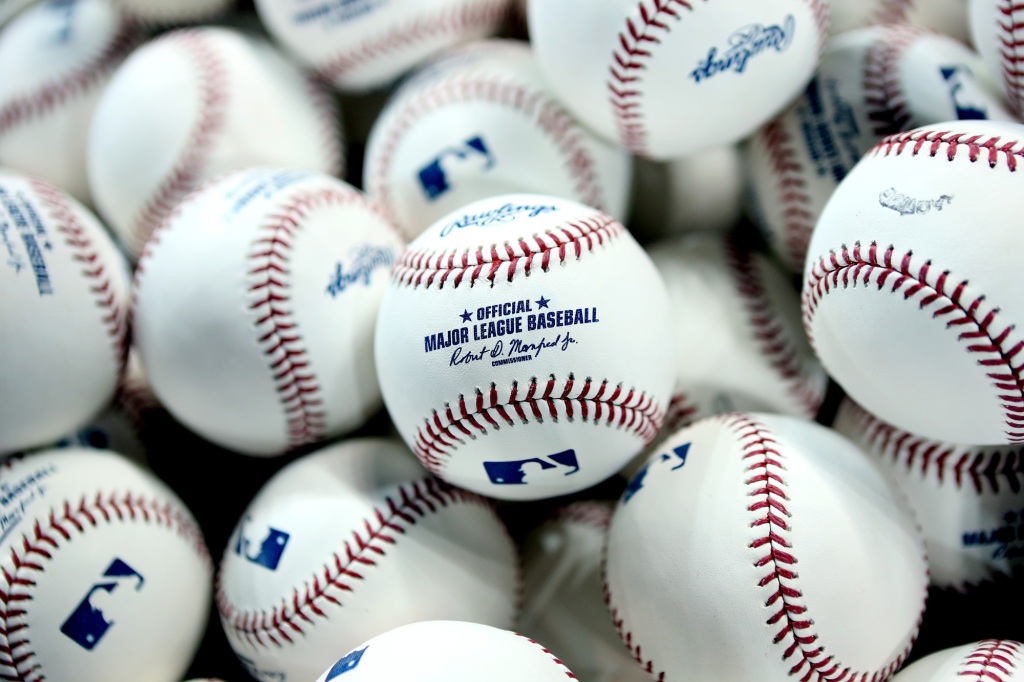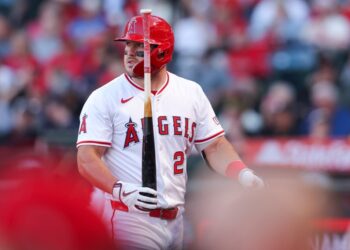On Sunday, The Athletic reported Major League Baseball will form an “economic reform committee” that will tackle issues of revenue and spending disparity among the 30 teams. One of the first things the committee will learn is that the public has already done much of their work for them.
As it turns out, researchers are really interested in the correlation between an owner’s spending habits and the success of his team on the field.
One paper (“Productive Efficiency and Salary Distribution: The Case of US Major League Baseball”) examined team salary and other data from 1985 to 2000. The authors concluded that “many other determinants appear to be more important to MLB success than salary inequality.”
Among those determinants, in order of importance: pitching (lower ERA, more saves), hitting (more runs per game, higher on-base and slugging percentages ), and fielding (fewer errors per game). Who knew?
In another paper (“Player Salaries, Organizational Efficiency, and Competitiveness in Major League Baseball”) researchers looked at team-salary data from 1985 to 2002. They found about four to eight teams each year are non-competitive due to low total player salary, although low total player salary didn’t entirely account for the competitive imbalance in MLB.
Of course, neither of those reports had a more outsized effect on the game than the one Bud Selig commissioned in 1998. four years later, Selig’s “Blue Ribbon Panel” concluded that competitive balance was impaired by the structural characteristics of the league.
The revenue disparity between the richest and poorest teams, around $30 million in 1989, had grown to $163 million by 1999. In the subsequent Collective Bargaining Agreement, which took effect in 2003, players and owners agreed to reinstitute a luxury-tax system that remains in place today.
You don’t need a degree in statistics to update those previous studies with 21st-century data. Teams that spend more still usually win…
Read the full article here







